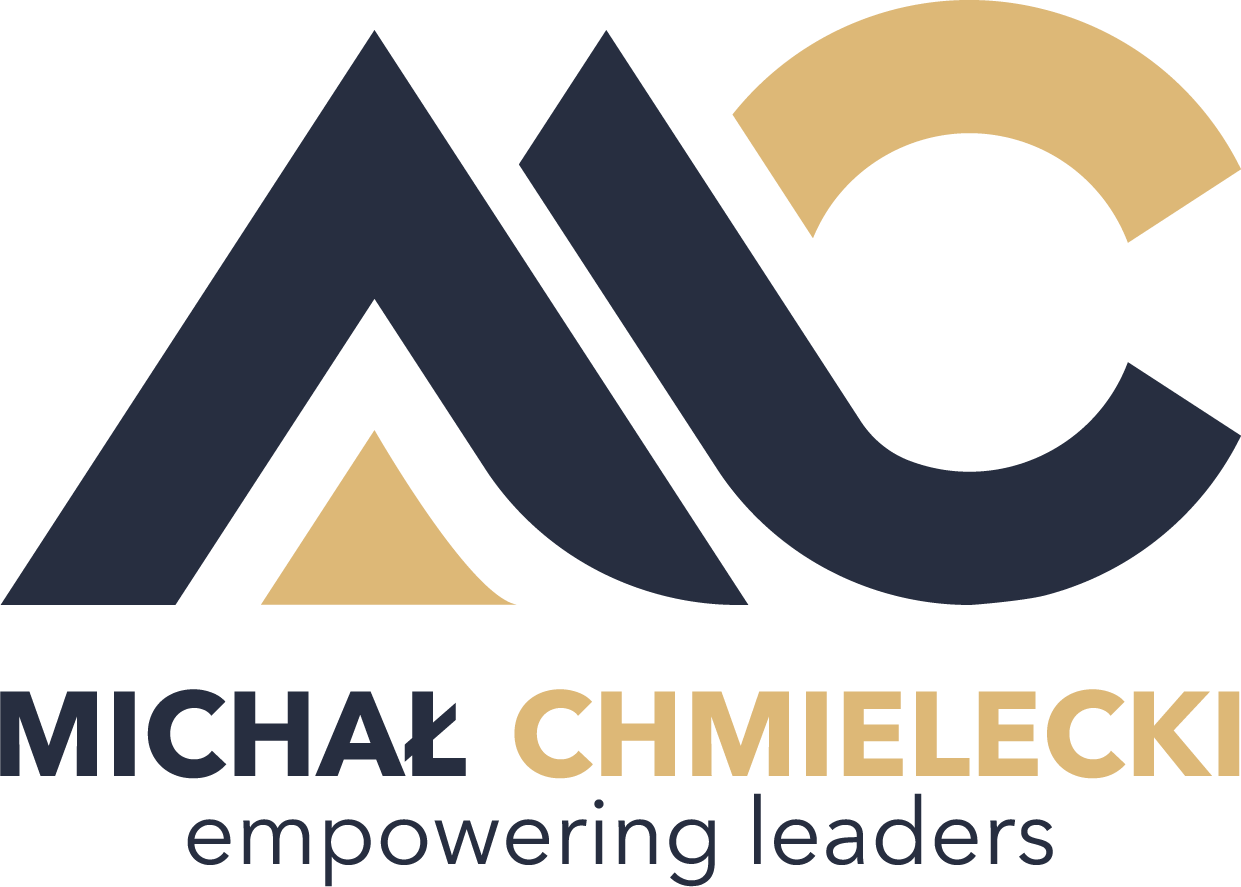Learning Becomes the New Currency of Success – Why Growth Defines the Future of Work
Introduction
In the modern world, knowledge has a shorter lifespan than ever before.
Technologies evolve, markets shift, and business models transform in months, not years.
In this environment, learning has become the new currency of success — the most valuable asset for both individuals and organizations.
The ability to learn, unlearn, and relearn faster than competitors is now what separates thriving companies from those left behind.
From Knowledge Possession to Learning Agility
For decades, professional success was measured by expertise — what you knew.
Today, that equation has changed: success depends on how quickly you can learn something new.
The half-life of skills is shrinking. According to the World Economic Forum, nearly 50% of all employees will need reskilling within a few years due to automation and digital transformation.
Organizations that create environments where learning happens continuously will be the ones that endure and excel.
Why Learning Is the Currency of the Future
1. Knowledge Decays — Skills Evolve
In a world of rapid change, static expertise loses relevance.
What truly matters is the capacity to adapt and grow.
Organizations with strong learning cultures can pivot quickly, innovate faster, and maintain long-term competitiveness.
2. Learning Drives Innovation
Continuous learning sparks creativity.
When people are encouraged to experiment and question assumptions, they generate fresh solutions to complex problems.
Workshops that combine reflection, collaboration, and real-world practice — such as leadership and negotiation development programs — build this mindset across teams.
3. It Fuels Employee Engagement and Retention
People want to work for organizations that invest in their growth.
Surveys from LinkedIn Learning and Gallup consistently show that development opportunities are among the top drivers of engagement and loyalty.
A culture that rewards learning creates motivated, future-ready employees.
4. Learning Is the Foundation of Agility
Agile organizations are not defined by speed alone — they are defined by learning speed.
Every project, success, and failure becomes a chance to reflect and improve.
This adaptability enables businesses to thrive amid uncertainty.
How Organizations Can Turn Learning into Their Currency
1. Build a Learning Culture
A learning culture is one where curiosity, reflection, and experimentation are part of everyday work.
Leaders must model this behavior by asking questions, encouraging exploration, and rewarding effort, not just results.
2. Integrate Learning into the Flow of Work
Formal training should be complemented by on-the-job learning, peer exchanges, and microlearning.
Learning happens best when it’s continuous, contextual, and collaborative, not limited to a single event.
3. Use Blended Learning Approaches
Blending face-to-face workshops with digital modules and follow-up activities allows for reinforcement and flexibility.
Employees can learn at their own pace while still benefiting from real-time interaction and coaching.
4. Recognize and Reward Learning Behaviors
If learning is to become a true currency, it must be valued and measured.
Organizations should celebrate employees who take initiative, share knowledge, and apply new skills — turning learning into a visible success metric.
The Role of Leaders in the Learning Economy
Leaders are no longer just decision-makers — they are chief learning enablers.
Their role is to create psychological safety, provide growth opportunities, and guide teams through continuous change.
A leader who learns openly inspires others to do the same, creating a ripple effect throughout the organization.
Learning as Competitive Advantage
Companies that embrace learning as a strategic priority outperform those that don’t.
They adapt faster, innovate more, and attract top talent eager to grow.
In this sense, learning is both the investment and the return — the true measure of sustainable success.
In a future where products and technologies can be replicated, a company’s learning capacity becomes its most unique and defensible advantage.
Conclusion
Learning has become the currency of success in the modern workplace — one that appreciates with every skill developed and every insight shared.
Organizations that invest in learning don’t just prepare for change; they shape it.
By building a culture of curiosity, experimentation, and continuous improvement, companies turn education into evolution — and learning into lasting value.
